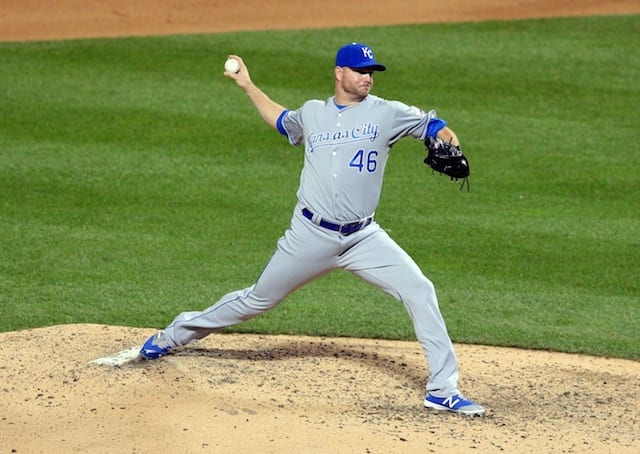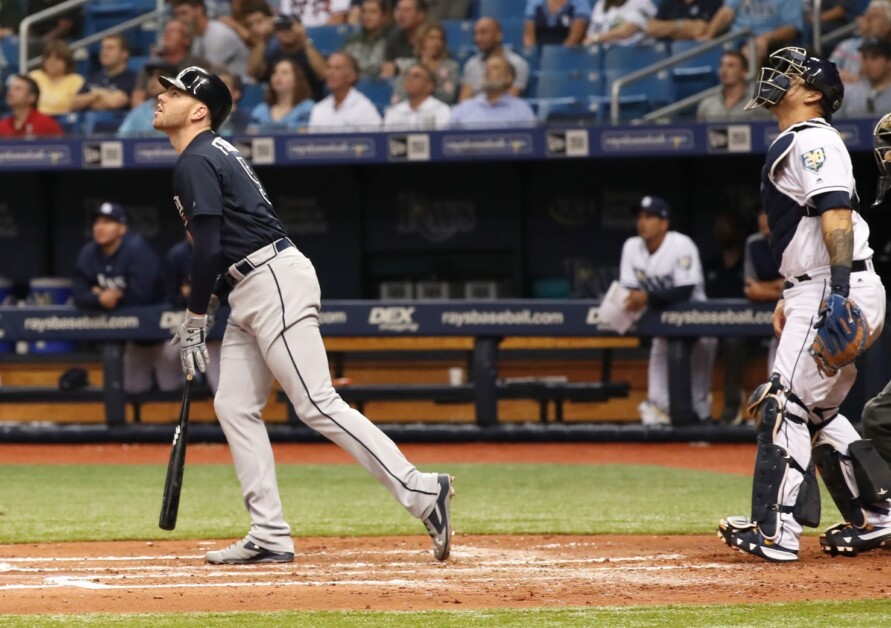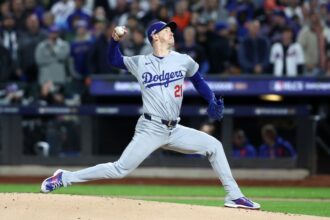As much as the Los Angeles Dodgers are expected to make a splash in addressing their starting rotation need, their bullpen likely won’t go unattended.
The Dodgers have been tied to Darren O’Day, who’s widely viewed as the best reliever on the free-agent market and said to be seeking a four-year contract.
The Washington Nationals are among the teams also interested in the right-hander.
While the Dodgers are said to be in pursuit of O’Day, signing him to a multiyear contract would go against Dodgers president of baseball operations Andrew Friedman’s philosophy.
According to Jon Heyman of CBS Sports, the Dodgers have also contacted Ryan Madson:
Ryan Madson is another reliever dodgers have contacted. That and many more news/nuggets on @CBSSports
— Jon Heyman (@JonHeymanCBS) November 25, 2015
After closing a career-high 32 games for the Philadelphia Phillies in 2011, Madson signed with the Cincinnati Reds on a one-year, $8.5 million deal in January 2012.
However, he tore the ulnar collateral ligament in his right elbow that spring and never appeared in a game for the Reds. Madson signed a Minor League contract with the Kansas City Royals in January, which included an invitation to Spring Training.
He made the Royals’ Opening Day roster and proceeded to appear in 68 games. Madson posted a 2.13 ERA and 0.96 WHIP — lower than his 2.37 ERA and 1.15 WHIP in 2011 — though his FIP last season was 3.09, compared to 2.25 during his last season with the Phillies.
The 35-year-old Long Beach, Calif., native appeared in nine postseason games, going 2-0 with a 5.40 ERA. Madson had 15 strikeouts over 8.1 innings pitched, but was susceptible to the long ball — surrendering four home runs.
However, Madson had five strikeouts and allowed just two hits in three scoreless innings over three appearances in the World Series. The 2012 Tommy John surgery had little impact on Madson’s velocities last season.
He averaged 94.3 mph on his fastball and 89.2 mph on his slider. Moreover, Madson’s average spin rate on his fastball wasn’t far from the MLB average, and his average exit velocity was slightly lower than the league average.










